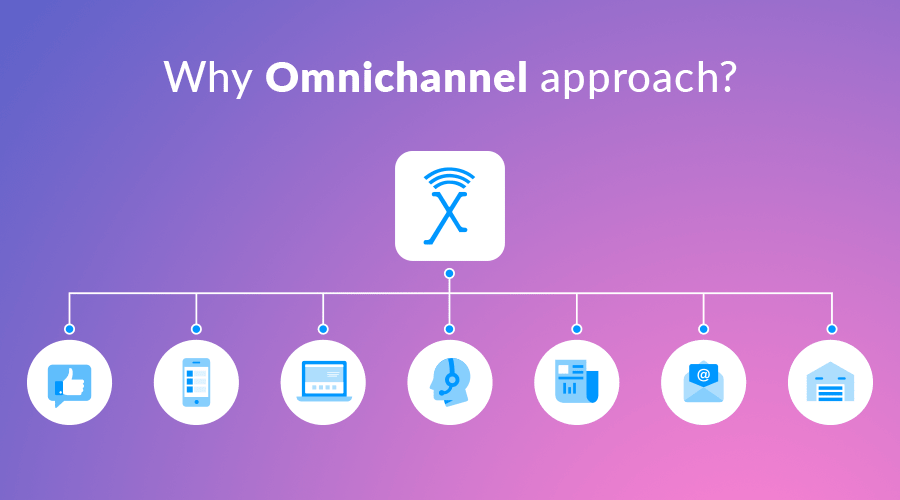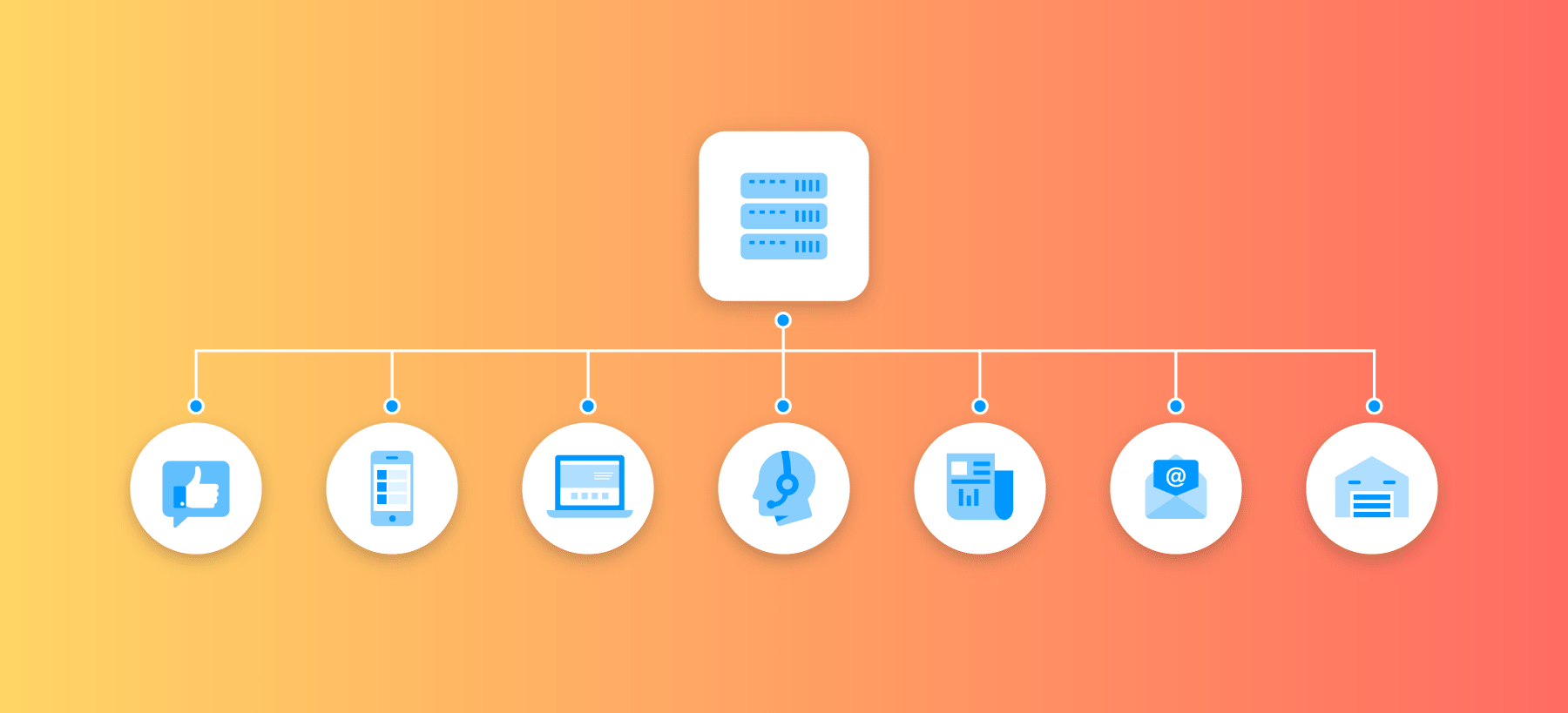With technology growing at a rapid pace, customers expect to have an instantaneous communication experience when they research on buying a product. The four major ways a customer can make a connection with a brand could be over call/SMS, E-mail, in-person at the store and social media.
Each of these interactions is riddled with data – data that can be used to better the customer experience, data that can be used for informed decision making for strategic growth. But this data is currently scattered at different places. Even if a business wanted to assimilate and leverage it, they wouldn’t be able to because of how disorganized it is.
This is where omnichannel contact centers come into play

Businesses have been constantly misled about multi and omnichannel communication. A business consists of multiple touchpoints like call, SMS, e-mail, social media, etc. However, more often than not this experience is not consistent. The inconsistency in the customer experience is caused by the lack of integration of data over multiple channels. For instance, an agent speaking with a customer on the phone may not have any information about the customer’s previous interactions on chat. Siloed communication is a drawback of multichannel contact centers.
Omni-channel contact centers work on integrating all the customer data and their researches and providing them a better communication at multiple touchpoints.
For example, a customer on your company’s website might fill an e-mail enquiry form. They would have received a call from the sales team. Days later, they might come back to the website and select the click-to-call option to connect with the sales agent. When the call is connected, the agent will be able to see the log of the customer’s previous conversation. What this means for the customer is that they do not have to get the agent up to speed again, which is one of the major frustrations of anyone reaching out to a contact center.
Problems in current communication methods
- Conversational data is split between multiple touchpoints which affects the overall operational efficiency and customer experience.
- These touchpoints are not integrated, so customers are required to reintroduce themselves and their queries on each channel.
- Current infrastructure has a lengthy and tedious integration process that doesn’t allow to keep up with the changing customer behavior.
Why you must consider omnichannel contact center for your business
In a survey conducted by the Economic Times in 2016, it has been predicted that 70% of the world population will own a smartphone by 2020 Amazing, right? It also says that people who belong to the age category of 15-25 contribute to almost 35% of smartphone usage.
Customer choices vary with their age. Say, the youth prefer text assistance over calls whereas the older population might prefer a call. Instead of expecting the customers to use a communication method that is favorable for the business, the omni-channel contact center aims to approach them at their comfort zone.

For instance, Starbucks, the famous coffeehouse uses omnichannel contact experience in the most efficient manner. They offer a reward card to the customers who sign up for the loyalty programme. They then integrated all the channels— call, SMS, mobile app or in-store— to help the customer check the status of the reward card or the accumulated points.
At the end of the day, it’s all about giving the customers what they want. Businesses that integrate their calls, SMS, and all other customer communication touchpoints have greater visibility into the entire customer journey. They can then use this data to analyze which communication method works best for them and invest in it.

